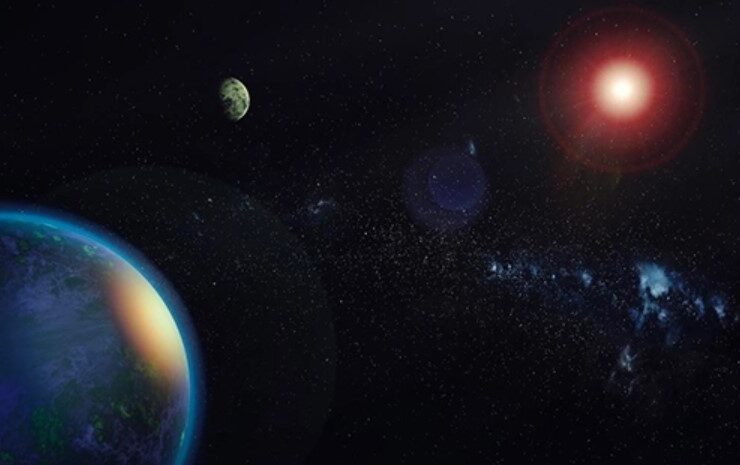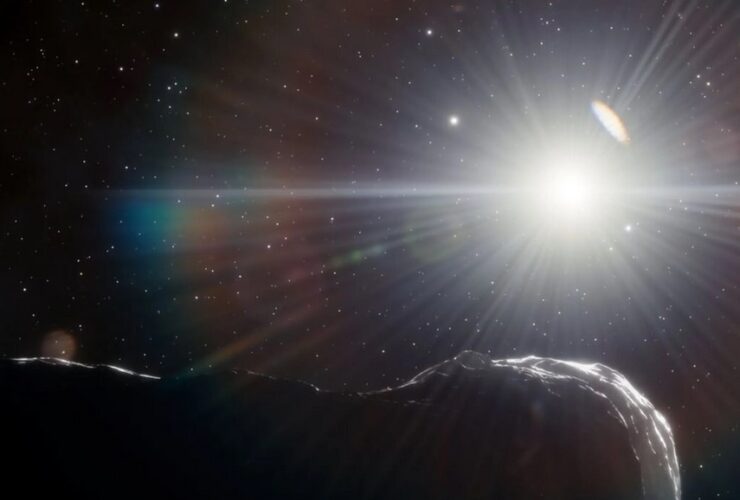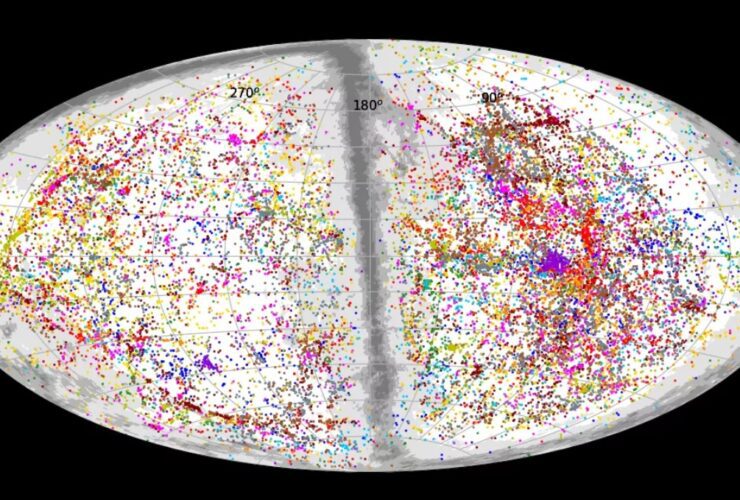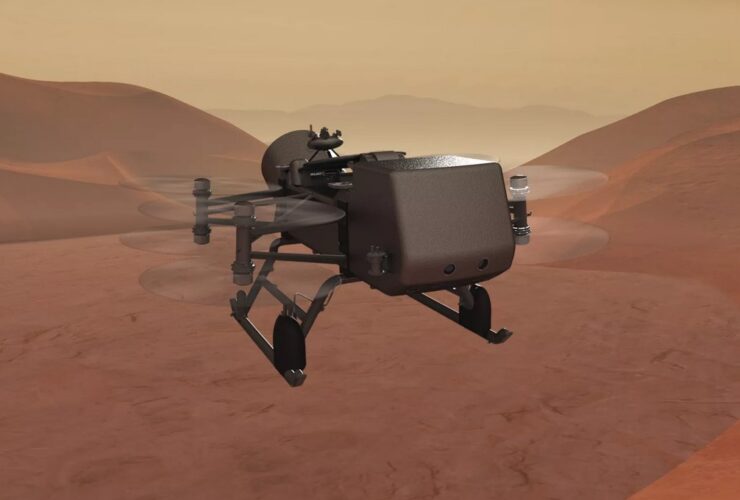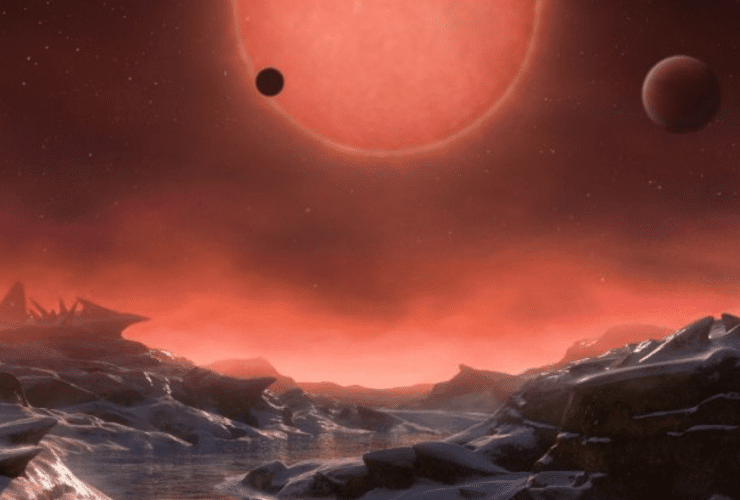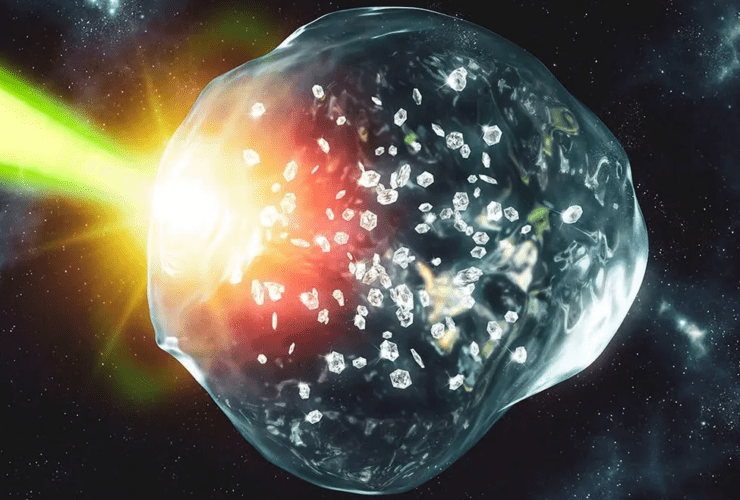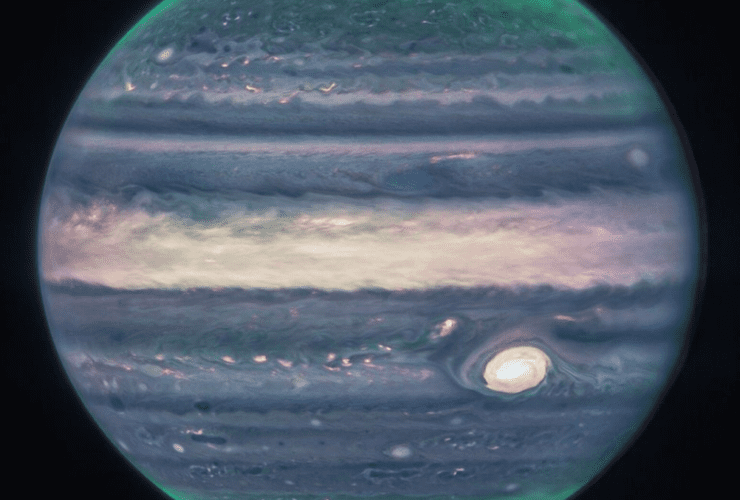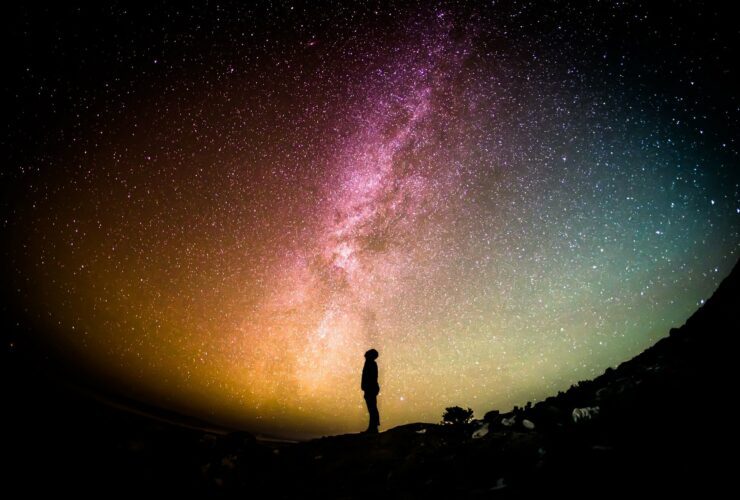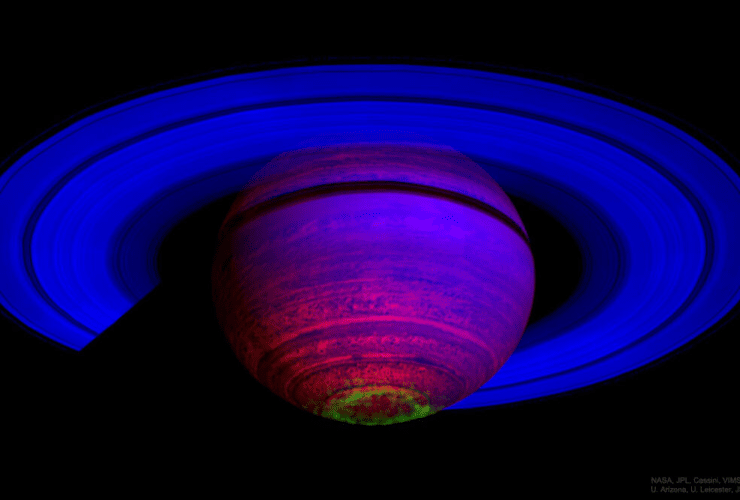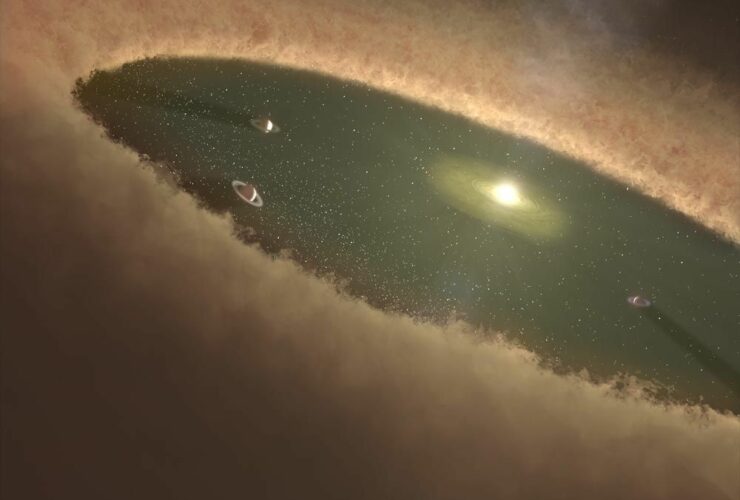Recently, astronomers came across a few fascinating leads in the quest for life on other planets. The discovery includes two Earth-like planets in the habitable zone of a red dwarf star named GJ 1002. Check out all the facts below. ...
What about these new asteroids known as ‘Planet Killers’? Astronomers have detected three asteroids near Earth. Two of them are a potential threat as ‘planet killer’ because of their hazardous and large size, but the good part is that they ...
Researchers are now able to compute the age and rate of the Universe’s expansion with an unparalleled level of accuracy thanks to a new map of the distances of tens of thousands of galaxies. Even though the cosmos continually expands, ...
Exploring Saturn’s Biggest Moon Titan is Totally Happening – Find Out More About Dragonfly’s Mission
New data from the Cassini spacecraft predicts that NASA’s Dragonfly mission to Saturn’s giant moon would land on a landscape with dunes and frozen bedrock. But there’s more than meets the eye! Titan, Saturn’s biggest moon, will soon be finally ...
According to a recent survey of exoplanets around red dwarf stars, there’s a rise in the population of water worlds. Apparently, we may have underestimated how much wetter the Milky Way galaxy is. What’s more curious is that the newly ...
Diamond rain may be falling from giant ice planets, and scientists believe that the generation of nanodiamonds on Earth might increase. Recent research on our planet shows an abundance of diamonds showering down on frigid planets like Uranus and Neptune. ...
Extraordinary images of Jupiter have been made possible by the world’s biggest and most space telescope: the James Webb Space Telescope! Back in July, JWST captured pictures of the giant planet in the solar system. Now, we get the chance ...
Many huge regions of the Cosmos present a fight for survival. Not even stars can bypass their evanescent state, regardless of how bright, big, and powerful they are. ‘Zombie’ stars don’t represent anything new for astronomers, but even they can ...
Ever think that Saturn could be so extraordinary? Thanks to an infrared picture of the planet displaying an aurora right at its southern pole, we can witness quite the phenomenon! The occurrence is also unique because it shows a never-before-seen ...
Planets do not take much longer to form after stars have formed. For example, the Sun formed 4.6 billion years ago, and the Earth about 4.5 billion years ago. However, scientists now say it is not necessarily the only possibility. ...

